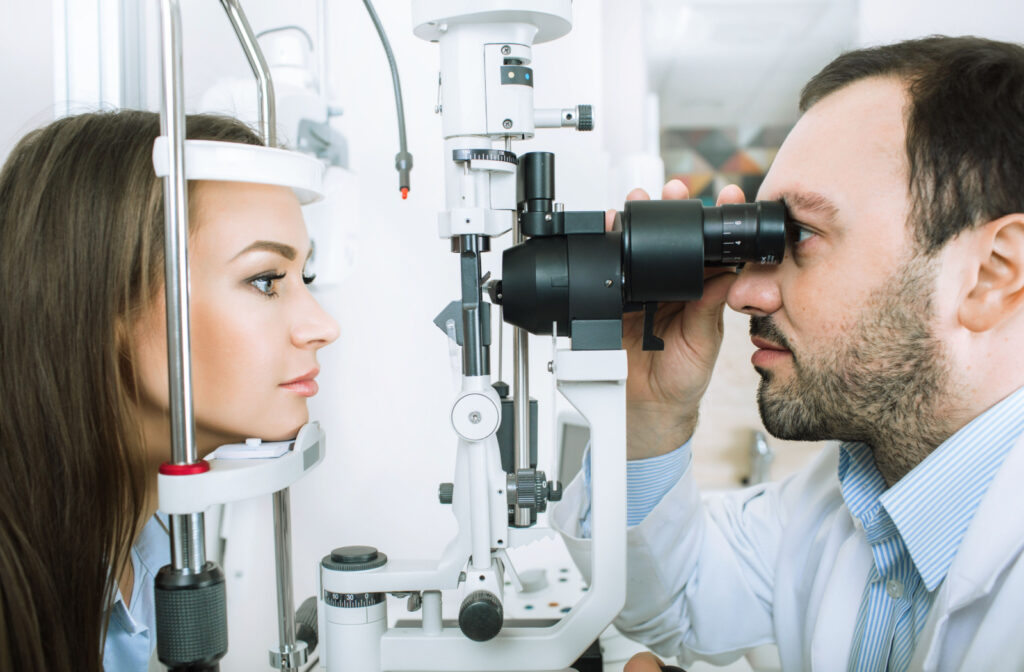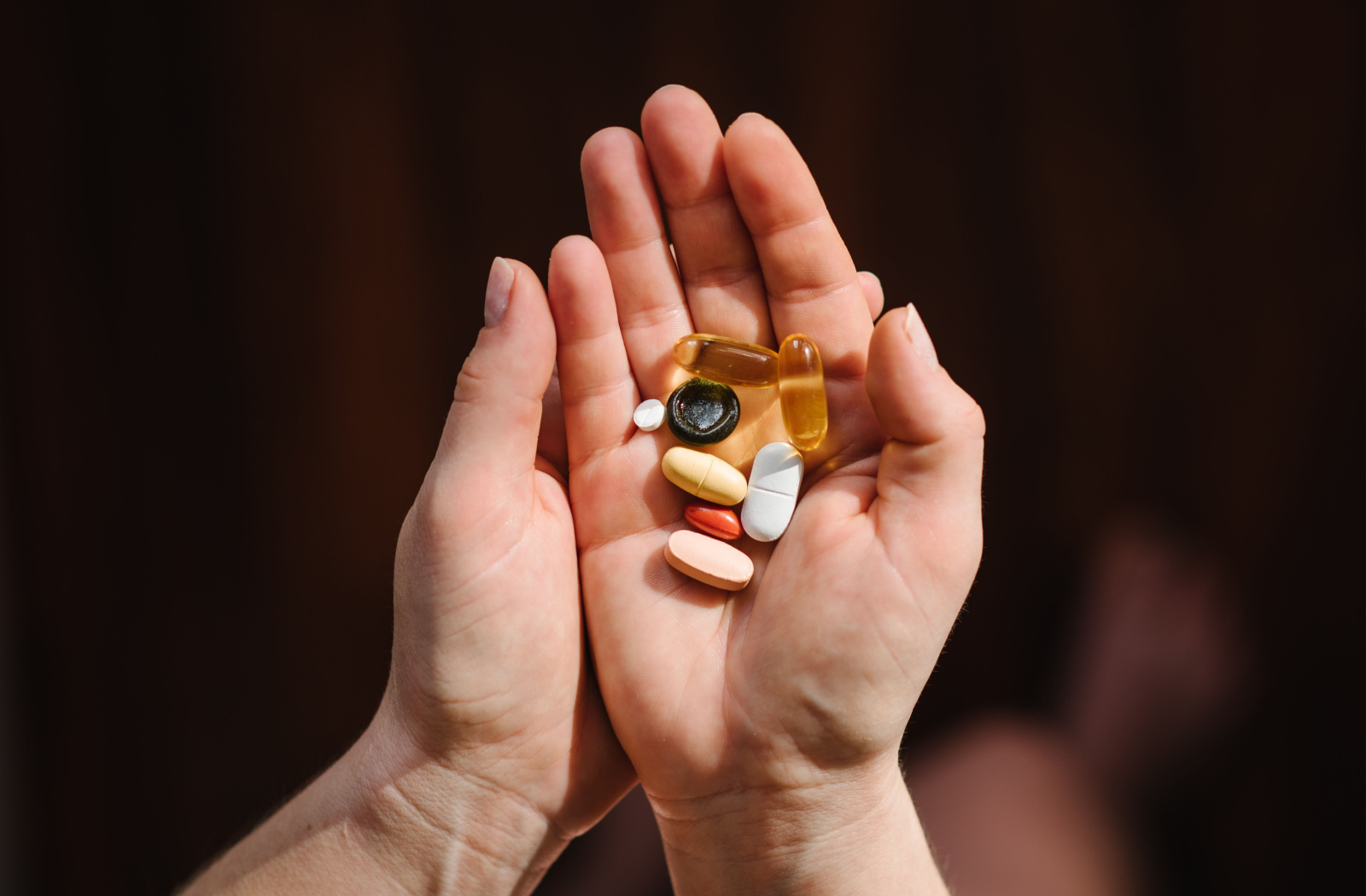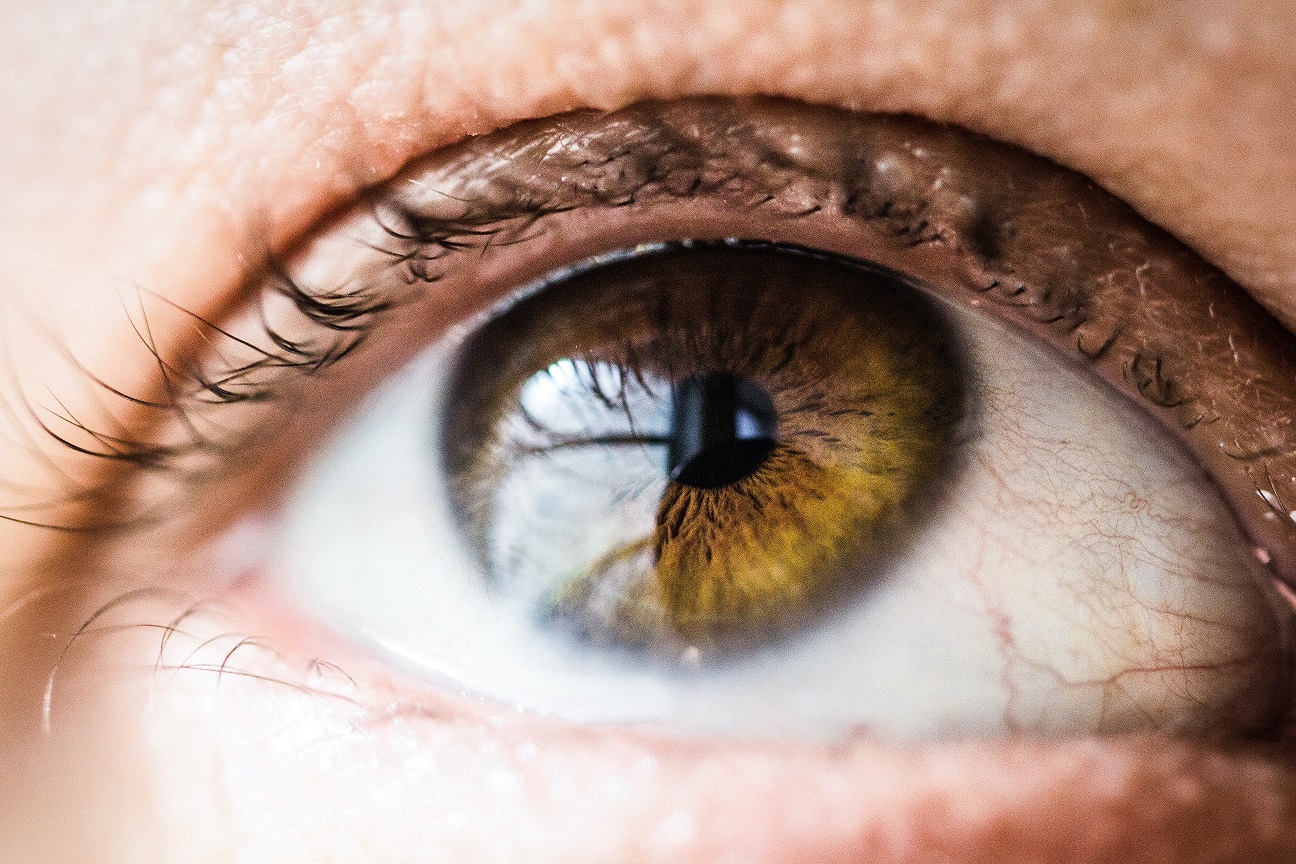Dry, red eyes can mean many things, but if you have recently smoked or ingested cannabis—that’s the likely cause.
Cannabis most commonly causes red eyes, but it also lowers your eye pressure. These are temporary effects that should go away with time. Current cannabis research doesn’t show that it can damage vision, but there may be another cause of eye redness if it lasts longer than a day.
Understanding how cannabis affects your eyes can determine whether or not you’re experiencing another problem, like dry eyes.
What Is Cannabis?
Cannabis, also known as marijuana, refers to the dried flowers, leaves, stems, and seeds of the cannabis plant. This plant contains over a hundred different compounds, the 2 main being Delta-9-tetrahydrocannabinol (THC) and cannabidiol (CBD).
THC is the psychoactive compound that creates the typical sensation many people know cannabis for, while CBD is non-psychoactive and is believed to have therapeutic effects.
The common side effects of cannabis use include:
- Intensified sensations
- Hunger
- Increased focus and creativity
- Relaxation
- Giddiness
- Different perceptions of time
- Delayed reaction time
- Increased heart rate
- Lethargy
- Nausea
- Anxiety
- Poor coordination
As with any substance, it’s important to use cannabis responsibly and in moderation.
Cannabis and Your Eyes
Cannabis is commonly known to make someone’s eyes red, but this should only occur if there is THC present. Cannabis is a complex plant that has many substances in the flower—the most common being THC.
THC is the cannabinoid most people associate with cannabis. It’s the one that gives people a “high,” possibly causing the feeling of relaxation, euphoria, anxiety, or other emotional responses.
Besides changing someone’s mood, THC may lower blood pressure, which dilates the blood vessels and increases blood flow, causing vessels in the eye to enlarge and lead to red eyes. This redness is temporary and will go away with time. THC causes red eyes no matter how it enters your body, whether through vaping, smoking, or taking an edible.
Another common experience when using cannabis is dry eyes. When you consume cannabis, THC binds to receptors in the body, which can temporarily reduce tear production. Without sufficient tears to hydrate the eyes, they become dry, itchy, and irritated.
While dryness will go away with time, you can use over-the-counter eye drops to reduce dryness. If dryness persists longer than a day, there may be another cause for your symptoms. Visit an eye doctor to help determine the root cause of your symptoms.
The Canadian Association of Optometrists notes that cannabis research is ongoing—while the main effect of cannabis use currently is lower eye pressure and redness, there may be future discoveries.
Can Cannabis Damage Your Eye Health & Vision?
From what experts currently know, cannabis use cannot damage your eye health and vision. Eye redness is temporary, and while eye pressure does lower, there aren’t any current signs that this damages vision.
One 2021 study looked at the effect of cannabis on visual ability, finding that the majority of participants believed it worsened their eyesight. Results found the majority of patients in the study had temporarily poorer vision. While cannabis use may affect vision during the moment, there isn’t current proof for long-lasting damage.
As cannabis can affect vision and judgment, use it responsibly. Avoid frequent use of cannabis, do not mix it with other substances, and never use cannabis and drive.
How Long Should Eye Redness from Cannabis Use Last?
Eye redness is a common but temporary side effect of cannabis use and should clear up within a few hours.
It’s important to seek medical attention if eye redness persists for more than 24 hours or develops alongside other symptoms, such as pain, discomfort, or blurry vision. It’s better to be safe than sorry with your eye health and vision, as many eye conditions can cause redness.
There are several other common causes of red eyes, such as:
- Dry eyes: Dry eye occurs when your tears cannot effectively hydrate the eyes, leading to red, irritated eyes.
- Pink eye: Pink eye, also known as conjunctivitis, is the inflammation of the conjunctiva. This irritation can occur due to bacteria, viral infection, or allergies entering the eye.
- Blepharitis: Blepharitis occurs due to eyelid inflammation, causing red and swollen eyes. This condition can lead to future complications, so visit an eye doctor if you experience lasting eye redness or watery or gritty eyes.
- Injury: A hit to the eye can lead to temporary redness. In serious cases, redness may last longer than normal, so you should visit your optometrist.
- Contact lens issues: Contact lenses provide clear vision but can lead to potential complications. Your contacts may not fit well, or you can develop an eye infection or scratch if you have consistent redness. Remove your contact lenses and reach out to your eye doctor if you experience redness, blurry vision, or pain when wearing your lenses.

Keep an Eye on Eye Redness
While cannabis use can lead to red eyes, this effect should only last a couple of hours. Contact your eye doctor if you experience eye redness for longer than 24 hours. They can help determine the root cause of your symptoms and recommend a way to improve your comfort. Find an eye doctor through MyDryEye if you experience dry eye symptoms or lasting eye redness.








